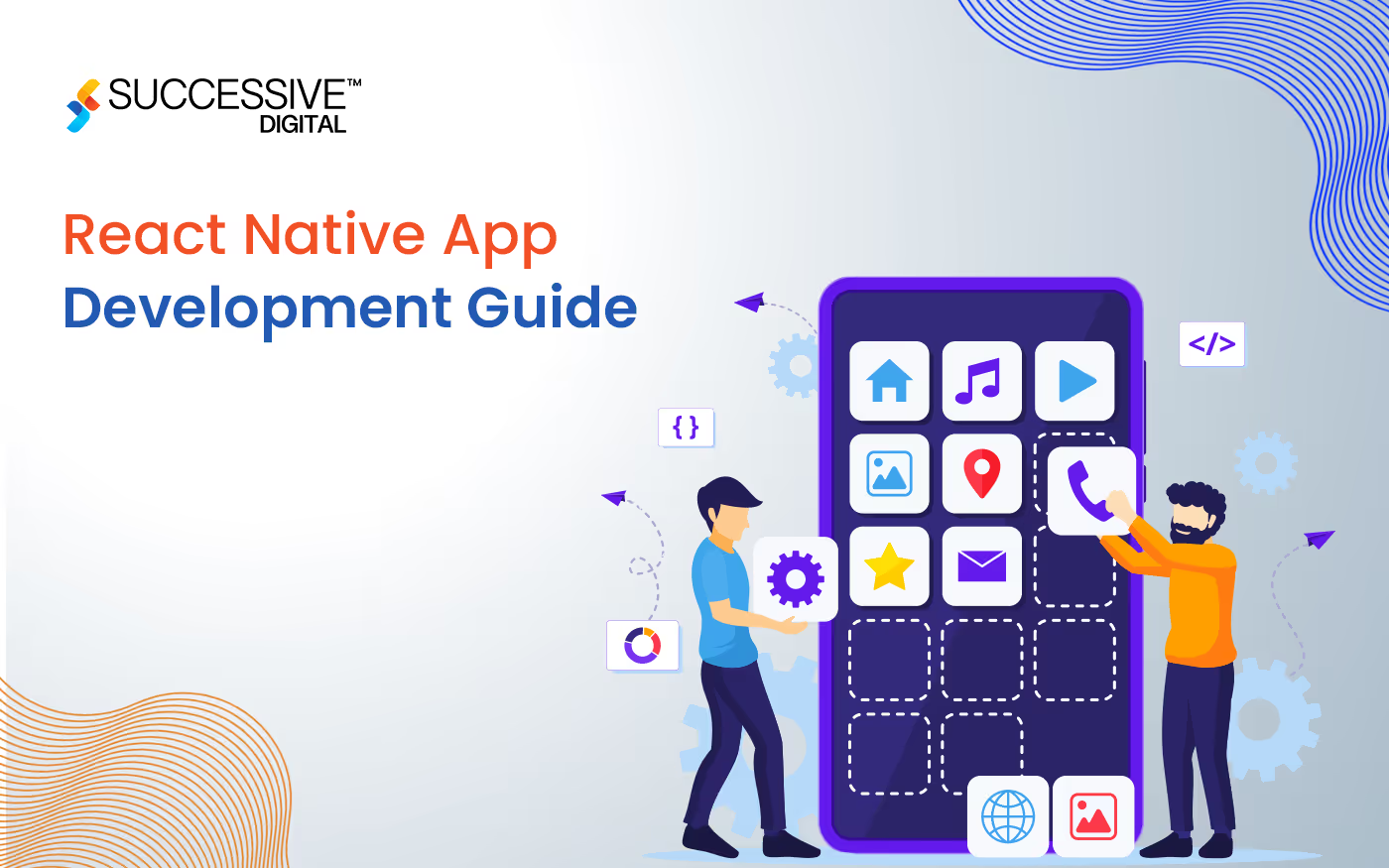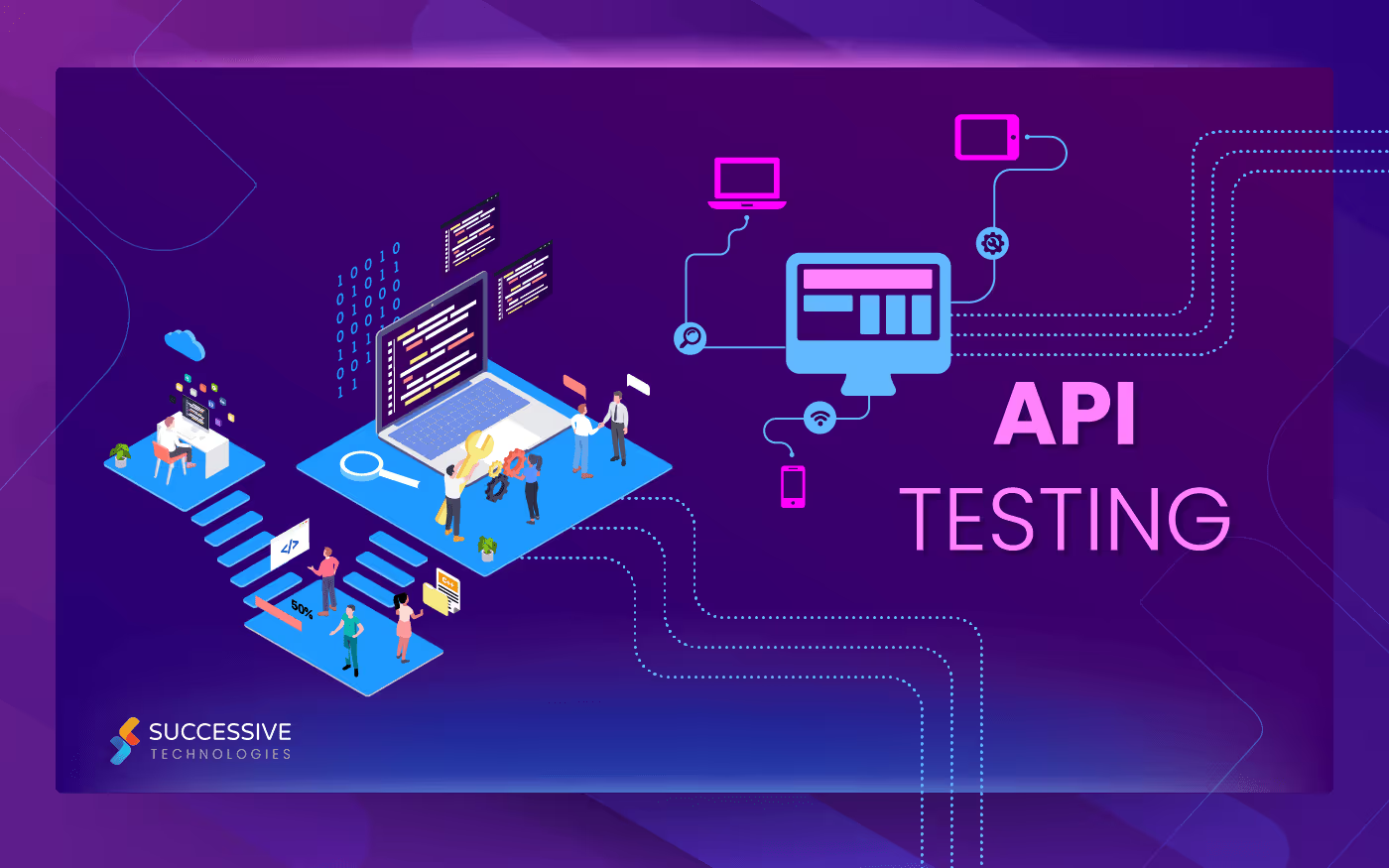The global mobile application market size is expected to grow at a CAGR of 14.3% from 2024 to 2030. However, when mobile applications first emerged, most companies persisted with the brick-and-mortar approach; some continued with a website as an online presence, but a few companies recognized the potential of mobile devices as a key competitive differentiation.Now, fast-forward to the current trends. Many organizations are increasingly relying on mobile applications as their primary channel for generating revenue and delivering services. However, managing both mobile and web applications, including their budget, code, scalability, and team, can be challenging and time-consuming for businesses. Therefore, companies looking to develop applications to improve their online visibility and accommodate a larger user base are opting for cross-platform app development with frameworks like React Native. However, as a reliable business model, it is essential to understand its functionality and assess whether it aligns with your project requirements before fully committing to React Native.
Benefits of React Native App Development
Faster Development
React Native's efficient workflow, pre-built components, and rapid reloading capabilities speed up the development process.
Single Codebase
Maintain a single codebase for both iOS and Android to simplify maintenance and minimize code duplication.
Native-like Performance
React Native apps deliver a smooth and responsive user experience using native UI components, ensuring an authentic native feel.
Scalability
React Native's modular architecture and scalability make it suitable for app development, accommodating growing user bases and enterprise needs. It ensures applications can expand seamlessly without compromising performance or user experience.
Integration with Existing Infrastructure
React Native's seamless integration capabilities allow businesses to efficiently connect with their existing infrastructure, including backend systems, APIs, databases, and third-party applications.
Reusable Components
React Native's reusable components enhance development workflows by allowing developers to use existing code across different app parts or future applications. This reduces redundant coding efforts, accelerates development cycles, and improves maintainability.
Features and Components of React Native Framework
- Write Once, Use Anywhere
Developers can use a single JavaScript codebase to create consistent modules throughout the app development process, ensuring efficiency and uniformity.
- Native Platform UI Rendering
Using native code guarantees optimal performance, providing a native look and feel across all platforms.
- Truly Native Apps
React Native's platform-agnostic components, such as View, Text, and Image, bind the native UI building blocks, delivering a genuinely native app experience.
- Seamless Cross-Platform Deployment
A unified codebase in React Native app development allows for the seamless deployment of applications across multiple platforms, ensuring consistency and ease of maintenance.
- Fast Refresh
Enhance developer productivity by enabling them to see changes instantly as they save them, promoting a fast and efficient iterative development process.
- Community-Driven Development
Initially developed by Facebook (now Meta), React Native benefits from a vast and active community of developers who continually contribute to its advancement and maintain detailed documentation.
Understanding the React Native App Development Process
Project Setup
Start by setting up the development environment, which involves installing Node.js, the React Native CLI, and platform-specific tools like Android Studio and Xcode.
UI Design with React Native Components
React Native offers numerous pre-built UI components that mimic native elements. Developers can use these or create custom components with JavaScript and native APIs for a native look and feel.
JavaScript Coding for React Native
Implement the core logic and business functions in JavaScript. React’s declarative syntax and component-based approach ensure maintainable and reusable code across platforms.
Performance Optimization
Optimize app performance by profiling, using native modules for critical tasks, and implementing strategies like lazy loading.
Testing Strategies
A solid testing plan is vital. Use Jest for unit testing individual components and conduct integration and end-to-end tests to validate overall app performance. Testing should include both simulations and real devices.
Deployment
After thorough testing, prepare the app for deployment. React Native enables the creation of platform-specific bundles for the App Store and Google Play Store. Tools like CodePush allow for over-the-air updates with bug fixes and new features.
Popular Apps Developed Using React Native Framework
Facebook, the pioneer behind React Native, used it to bring web development benefits to mobile, such as quick iterations and a unified development team. They successfully developed their Ads Manager app for both iOS and Android using a single team, showcasing React Native’s efficiency.
Skype
In 2017, Skype rebuilt its app using React Native, addressing issues from the older version. The new design, including three conversation sections—find, chat, and capture—improved the user experience. Microsoft extended React Native to the desktop version, highlighting its versatility.
Instagram integrated React Native into its existing app, starting with the Push notification view. This allowed for a seamless transition without the need for a complete navigation overhaul. The result was a significant improvement in developer velocity by 85-99%.
Walmart
Walmart rewrote its iOS and Android apps using React Native, improving app performance to near-native levels and allowing 95% code sharing between platforms. The single development team approach also facilitated simultaneous updates for both platforms.
SoundCloud Pulse
SoundCloud used React Native to develop SoundCloud Pulse, an app for music creators. Initially faced with difficulties in hiring iOS engineers and synchronizing releases, they opted for React Native. The prototype was developed rapidly, and the existing native libraries were easily bridged, convincing them to use React Native for future projects.
Shine
Shine, an app designed to help users manage daily stress through meditation and articles, was initially launched on iOS. As it gained popularity, Shine expanded to Android using React Native, ensuring a smooth transition and rapid development.
UberEats
UberEats uses React Native for its restaurant dashboard, enhancing communication and access to native device functionalities like sound notifications. The decision to use React Native stemmed from the team's familiarity with React, ensuring a smooth development process.
Pinterest explored React Native by developing a prototype of the Topic Picker feature. The implementation took just ten days for iOS and two additional days for Android, saving significant development time. Satisfied with the performance, Pinterest incorporated React Native into its tech stack for various features.
Challenges and Best Practices for React Native App Development
Evaluating the suitability of React Native involves more than listing its pros and cons. The technology’s effectiveness depends on the project's specific requirements and the developers' expertise. Skilled React Native teams can manage risks and devise solutions for unique challenges. Below are some common issues that need to be addressed.
UI Customization
Custom UI implementations may require more time and expertise, particularly with performance-sensitive elements like lists. Experienced developers can navigate these challenges better than beginners.
Development Expertise
React Native's reliance on native components means that updates or changes can affect app functionality. Having team members skilled in both React Native and native development can help address these challenges.
Performance and Stability
React Native app development services may encounter compatibility issues during version updates, but not all updates will disrupt your app. It's prudent to implement updates after ensuring their stability.
Best Practices to Enhance React Native Performance
- Maximize code reuse across platforms and use modular architecture for maintainability and scalability.
- Use native modules for intensive tasks and optimize images and animations.
- Adopt robust state management libraries like Redux or Mobx.
- Test on real devices and use automated testing frameworks.
- Keep React Native and its dependencies updated despite the fast-paced changes.
How Much Does React Native App Development Cost?
- Features and Complexity
The features and complexity of your application significantly impact development costs. Advanced and unique functionalities often require more time and resources, driving up expenses.
- UI/UX Design
The design of your app, including both user interface (UI) and user experience (UX), plays a crucial role in determining the React Native app development cost. Engaging and intuitive designs that involve multiple screens can increase development costs.
- Application Add-ons
Integrating your app with various social media platforms and other custom add-ons can enhance user engagement but also add to the overall development costs.
- Development Team Options
You can either develop a React Native app with an in-house team or outsource the development. Outsourcing is often more cost-effective as it eliminates expenses related to recruitment, salaries, and operational overheads.
- Team Composition and Location
The cost of developing an app with React Native varies based on the development team's composition and location. The hourly rates for these roles differ by region.
- Maintenance and Support
Development costs extend beyond the initial build. Ongoing maintenance and support, including regular updates and bug fixes, are essential for running the app smoothly. An experienced React Native app development company will factor in these costs when budgeting for app development.
React Native Vs. Flutter: Which Cross-platform Framework is a Better Choice?
Flutter and React Native are popular frameworks for developing cross-platform applications that work seamlessly across various devices, OSs, and platforms. Both of these frameworks offer crucial features and benefits used for developing platform-independent applications fast and efficiently, such as:
- Cross-platform compatibility
- Cost-effectiveness
- Ease of learning and use
- UI consistency
- Faster time to market
- Large community support
As the requirements for faster, optimized, and cost-effective app development are rising, cross-platform app development frameworks like React Native or Flutter are prevalent. However, the question is, which of the two frameworks better aligns with your requirements?Many factors may influence your framework choices, such as Architecture, Maintenance, Cost, Features, ecosystem, and more. Read more about these components in our blog “Flutter Vs. React Native – Which is Better For You?” and make the right choice for your business.
What Makes Successive Digital an Ideal React Native App Development Company?
At Successive Digital, we understand your project requirements and implement a suitable app development approach. React Native app development services offer flexibility, making it an excellent framework for building robust, scalable apps. If you have a unique app idea, our team of React Native app developers is ready to bring it to life.
Conclusion
For businesses looking to embark on their entrepreneurial journey with budget constraints, React Native is an ideal choice. It offers rapid development, easy maintenance, and robust community support, ensuring a seamless development process. By reducing development costs and time, React Native proves to be a preferred framework for companies seeking cost-effective methods to develop cross-platform apps.If you are considering React Native for your next project, contact Successive Digital to leverage our decade-old expertise in digital transformation and mobile app development.
.avif)










.jpg)









